Flagging Recovery Hints at Japan-like Malaise
Averting a recession may not lead to the kind of healthy recovery that has been the norm. This time, it could mean a long, painful period as an invalid.

There is still a good chance that the past year of slow growth won’t lead to another recession. Unfortunately, it may signal something much worse.
SEE ALSO: 11 Comeback Cities
History tells us that when economic growth slows too much for too long, a recession — an actual contraction of economic activity — almost always follows. Like a bicycle headed uphill, the economy topples over if it loses too much momentum. Only once since World War II has the United States averted a recession when growth in gross domestic product slipped below 2% for any 12-month period; it happened in 1952. In every other case, 12 months of such meager gains have signaled a significant contraction.

Sign up for Kiplinger’s Free E-Newsletters
Profit and prosper with the best of expert advice on investing, taxes, retirement, personal finance and more - straight to your e-mail.
Profit and prosper with the best of expert advice - straight to your e-mail.
Today we have crossed that line. Through June, the U.S. economy grew just 1.55% over the previous 12 months. Three months earlier, the economy still had its nose above the water, with 2.2% growth over 12 months. But now that GDP growth is below that line, a vocal minority of economists is concluding that GDP is or will soon be contracting, job losses will resume and income drop, with all the attendant miseries.
We may avoid that fate. A similarly slow “jobless recovery” after the 1990-1991 recession was followed by the best decade of economic growth in the 20th century. It may be that the unusual aspects of the Great Recession — the loss of wealth, the overhang of debt and stubbornly high unemployment — are simply delaying a normal recovery.
But another possibility is that ducking a recession after a year of slow growth may not be a sign of economic resilience. It could signal that the United States is ensnared in a sprial of consumer and business pessimism, at a time when government is unable to revive demand.
That’s what happened to Japan following a 1991 financial crisis that was triggered by the bursting of a housing bubble. Over the two decades since, Japan has failed to sustain a significant economic recovery and only rarely has it managed growth that exceeded a 2% annual rate. Recessions, every few years, have tended to be mild also, but the net effect is a generation of eroding living standards.
Before 1991, Japan bounced back from recessions quickly. But the housing crash and financial crisis of 1990 had unprecedented effects. The balance sheets of families and businesses were shredded, wiping out wealth and asset values and leaving debts that suddenly seemed overwhelming. Consumers responded by spending less and saving much more. Businesses did the same, restraining investment. Government, which normally would spend and print money to stimulate demand in a slump, was also saddled with high debt and ran out of tools to stimulate — short-term interest rates were cut to zero.
Sound familiar? Economists refer to this situation as a “liquidity trap,” meaning that monetary policy doesn’t work, and there is a strong argument that in the United States, the Federal Reserve’s stimulus efforts have failed.
In Japan, fiscal policy was also ineffective, hobbled by politics and the unpopularity of public debt. Japanese politicians were unwilling to endorse stimulus spending large enough to make up for the shortfall from pessimistic consumers and businesses. Most economists believe Japanese politicians should have borrowed more to stimulate the economy. They didn’t because in a culture increasingly nervous about borrowing, that was impolitic. On the other side of the world, Washington politicians are equally reluctant now to spend anything like the trillion dollars a year that has disappeared from GDP.
The big question is whether the lack of government activism is reinforcing consumer and business pessimism so much that a recovery can’t be sustained. Republicans say no — they argue that the economy would heal itself if the government made a long-term commitment to reduce government spending. They believe that the nation’s pessimism is driven by worries that the government will never control spending, that government borrowing will push up interest rates and that taxes will have to rise soon. According to this argument, cutting government spending over the next few years will help convince consumers and business owners that economic conditions have improved, even though less government means less economic activity, at least in the short term.
Those who fear America is stuck in a Japan-like trap, such as New York Times columnist Paul Krugman, see the problem differently. They argue that the pessimism comes from a lack of spending and hiring by the private sector, and from the unlikelihood that government can and will take effective action to make up for the shortfall. They point out that runaway government wasn’t the problem in Japan, where public debt is proportionally twice as large as in the United States but has neither pushed up interest rates (which remain near zero) nor led to huge tax increases.
America isn’t Japan. Our debt problems are smaller, and we are blessed with flexible labor markets, a relatively low regulatory burden and cheap resources of all kinds. But it is possible that we are stuck in a vicious circle of pessimism, defying the capabilities of our leaders, and that we face five years or more of a bad economy ahead. If so, big but solvable problems, such as entitlement funding, would become nearly unsolvable. So far, few policymakers are talking seriously about this risk, but they should be.
Get Kiplinger Today newsletter — free
Profit and prosper with the best of Kiplinger's advice on investing, taxes, retirement, personal finance and much more. Delivered daily. Enter your email in the box and click Sign Me Up.

-
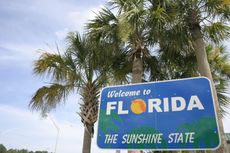 Did Florida’s Chance at $1,000 in Property Tax Rebates Vanish?
Did Florida’s Chance at $1,000 in Property Tax Rebates Vanish?State Taxes The Florida Legislature bypassed Gov. Ron DeSantis’ wish to cut property taxes and instead voted to lower the state’s sales tax.
By Gabriella Cruz-Martínez Published
-
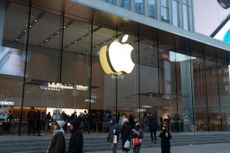 Wall Street Is Worried About Apple Stock. Should You Be Too?
Wall Street Is Worried About Apple Stock. Should You Be Too?Analysts expect Trump's sweeping tariffs to have an outsized impact on Apple stock. How concerned should investors be?
By Karee Venema Published
-
 Rising AI Demand Stokes Undersea Investments
Rising AI Demand Stokes Undersea InvestmentsThe Kiplinger Letter As demand soars for AI, there’s a need to transport huge amounts of data across oceans. Tech giants have big plans for new submarine cables, including the longest ever.
By John Miley Published
-
 What DOGE is Doing Now
What DOGE is Doing NowThe Kiplinger Letter As Musk's DOGE pursues its ambitious agenda, uncertainty and legal challenges are mounting — causing frustration for Trump.
By Matthew Housiaux Published
-
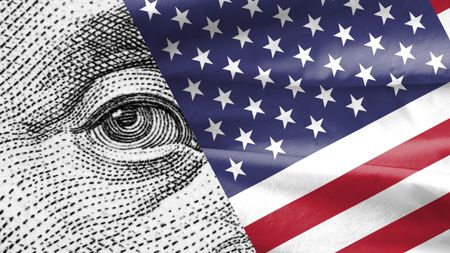 A Move Away From Free Trade
A Move Away From Free TradeThe Letter President Trump says long-term gain will be worth short-term pain, but the pain could be significant this year.
By David Payne Published
-
 Trump’s Whirlwind Month of Crypto Moves
Trump’s Whirlwind Month of Crypto MovesThe Kiplinger Letter The Trump administration wants to strengthen U.S. leadership in the cryptocurrency industry by providing regulatory clarity.
By Rodrigo Sermeño Published
-
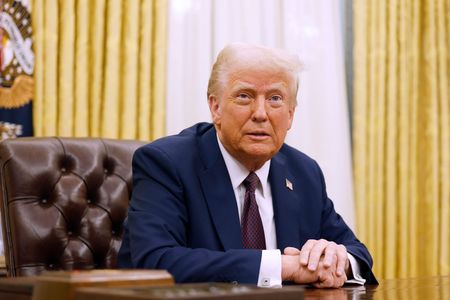 Donald Trump Tests His Limits
Donald Trump Tests His LimitsThe Kiplinger Letter President Encounters Legal Obstacles in Pursuit of Ambitious Agenda.
By Matthew Housiaux Published
-
 Another Down Year for Agriculture
Another Down Year for AgricultureThe Kiplinger Letter Farmers brace for falling incomes, widening trade deficits
By Matthew Housiaux Published
-
 What To Know if You’re in the Market for a New Car This Year
What To Know if You’re in the Market for a New Car This YearThe Kiplinger Letter Buying a new car will get a little easier, but don’t expect many deals.
By David Payne Published
-
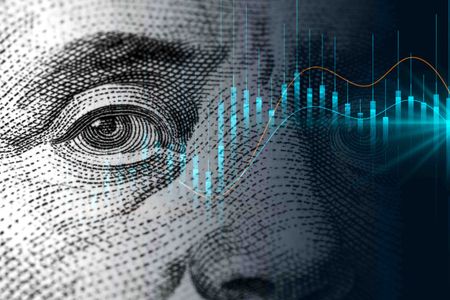 What Could Derail the Economy This Year?
What Could Derail the Economy This Year?The Letter While the outlook for the U.S. economy is mostly favorable, there are plenty of risks that bear watching.
By David Payne Published